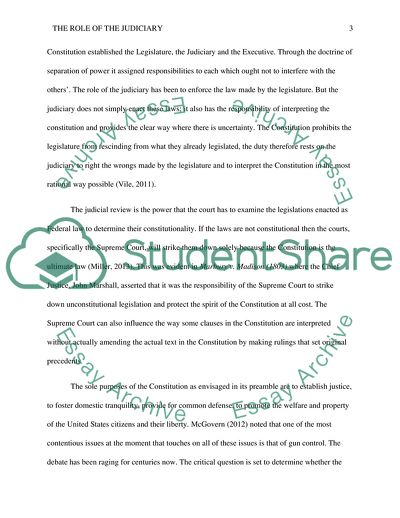Cite this document
(The Role of the Judiciary Literature review Example | Topics and Well Written Essays - 2500 words, n.d.)
The Role of the Judiciary Literature review Example | Topics and Well Written Essays - 2500 words. https://studentshare.org/history/1806772-role-of-the-judicary
The Role of the Judiciary Literature review Example | Topics and Well Written Essays - 2500 words. https://studentshare.org/history/1806772-role-of-the-judicary
(The Role of the Judiciary Literature Review Example | Topics and Well Written Essays - 2500 Words)
The Role of the Judiciary Literature Review Example | Topics and Well Written Essays - 2500 Words. https://studentshare.org/history/1806772-role-of-the-judicary.
The Role of the Judiciary Literature Review Example | Topics and Well Written Essays - 2500 Words. https://studentshare.org/history/1806772-role-of-the-judicary.
“The Role of the Judiciary Literature Review Example | Topics and Well Written Essays - 2500 Words”. https://studentshare.org/history/1806772-role-of-the-judicary.


